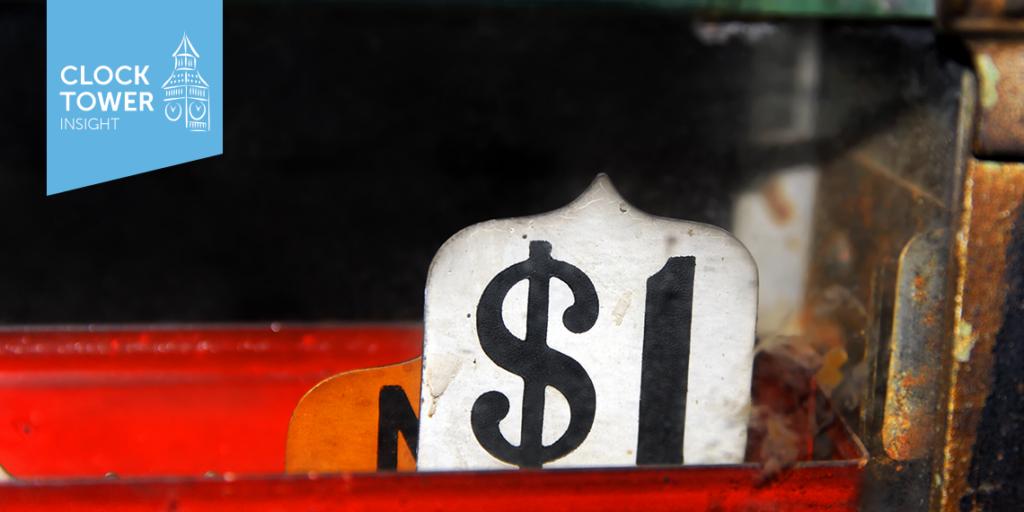Brand awareness is one of the core tenets of marketing. After all, no one is going to buy your product without first being made aware that it exists. Brand awareness is much more than simple “have you heard of x”, however. It also encompasses how quickly consumers recognize certain branding materials, how knowledgeable the public is about a brand, and generally how much traction a brand has at any given time. Of course brand awareness is simply step one towards turning potential consumers into customers. The art of turning brand awareness into sales encapsulates the majority of the marketing process.
With this in mind, today we will review measuring brand awareness metrics, how to strengthen brand awareness, and finally how to leverage robust brand awareness into sales.
Brand Awareness Metrics
As with general brand metrics, digital brand metrics, and competitive brand assessments, there are innumerable brand metrics you can choose to track. For this reason, selecting the brand awareness metrics that matter most to your brand is often the most important step in the process. Information is cheap, valuable data analysis is invaluable. Here are some high quality brand awareness metrics to consider:
- Competitive assessments: while not a singular brand awareness metric, understanding how you stack up against the competition is a critical component of understanding your brand awareness.
- Media coverage: this can include traditional media coverage, social media mentions, and general online chatter. In the modern age, how much digital ink is spilled on your brand is a great indicator of overall brand awareness.
- Web traffic: clicks on your company site, blog, and business affiliates can bridge the gap between awareness and sales. As we will discuss in later sections, identifying and correcting the weaknesses along the path to purchase journey is all part of turning awareness into sales.
- Social engagement: likes, comments, shares, mentions, etc. on social media is trackable on various platforms from Instagram to Linkedin. Given the amount of time and money consumers spend on social media, this is a metric all brands should measure.
- More: there are dozens, if not hundreds, of metrics that can be used to measure brand awareness. Again, identifying and keying in on the metrics which will give your brand the most valuable insight is more valuable than just throwing things at the wall and seeing what will stick.
Turning Brand Awareness Into Sales
Data analysis is only as good as its ability to be transformed into action. Brand awareness metrics can be turned into action in any one of the following ways:
Identifying brand awareness strengths and weaknesses. Understanding both your brand’s strengths and weaknesses is key to turning awareness into sales. Strengths should be viewed as a way to communicate directly with your consumers and gain loyal customers. Weaknesses should be viewed as opportunities to improve awareness, visibility, favorability, and ultimately sales.
Focus on customer touchpoints. If your brand is on consumers’ minds but sales are lacking, it may be time to do a touchpoint analysis. By understanding where your brand is interacting with customers along the path to purchase journey, you can develop targeted marketing strategies that are tailor made for each need state from need to purchase decision.
Adjust your marketing strategy without losing your core message. Using awareness metrics to identify opportunities can inform positive brand strategy changes. The key here is to adapt to data analysis and customer feedback without losing your brand’s core message. Over-adapting to market pressure can create a muddied brand message which can confuse potential customers.
Using Data Analysis to Improve Branding Strategy
So far we have mostly focused on high level ideas regarding brand awareness and adjusting marketing campaigns. What that actually entails will vary dramatically for different brands. Turning data analysis into action is at the heart of any successful marketing department. When it comes to turning brand awareness into sales, adjusting brand strategy can make all the difference.
We can think of this journey as an analysis of brand moments of influence. Is your brand losing sales because awareness is low? Is your brand losing sales because your site has a high bounce rate? Is your brand losing sales because your brand messaging is not clear? By understanding how your brand is performing throughout various moments of influence, you can successfully improve your branding efforts.
At the end of the day, brand awareness is the first step towards making a sale. Identifying and correcting breakdowns along this journey is the key to turning general awareness and brand familiarity into money for your business. Continuous data analysis efforts and a willingness to make the necessary adjustments to brand strategy are the cornerstones of strong branding efforts.
Clock Tower Insight Data Analysis for Brand Growth
Clock Tower Insight helps our clients to build their brands through any means necessary. We believe in using cutting edge research to deliver unparalleled insight and understanding into today’s rapidly changing marketplace. With over 15 years of dedicated experience, our marketing insight has helped organizations including Belle Tire, Nielsen, Orbitz, and Kraft Foods.
We are proud to offer a number of services to our clients, including customer experience management, brand positioning in the marketplace, market sizing, market testing, and more.

